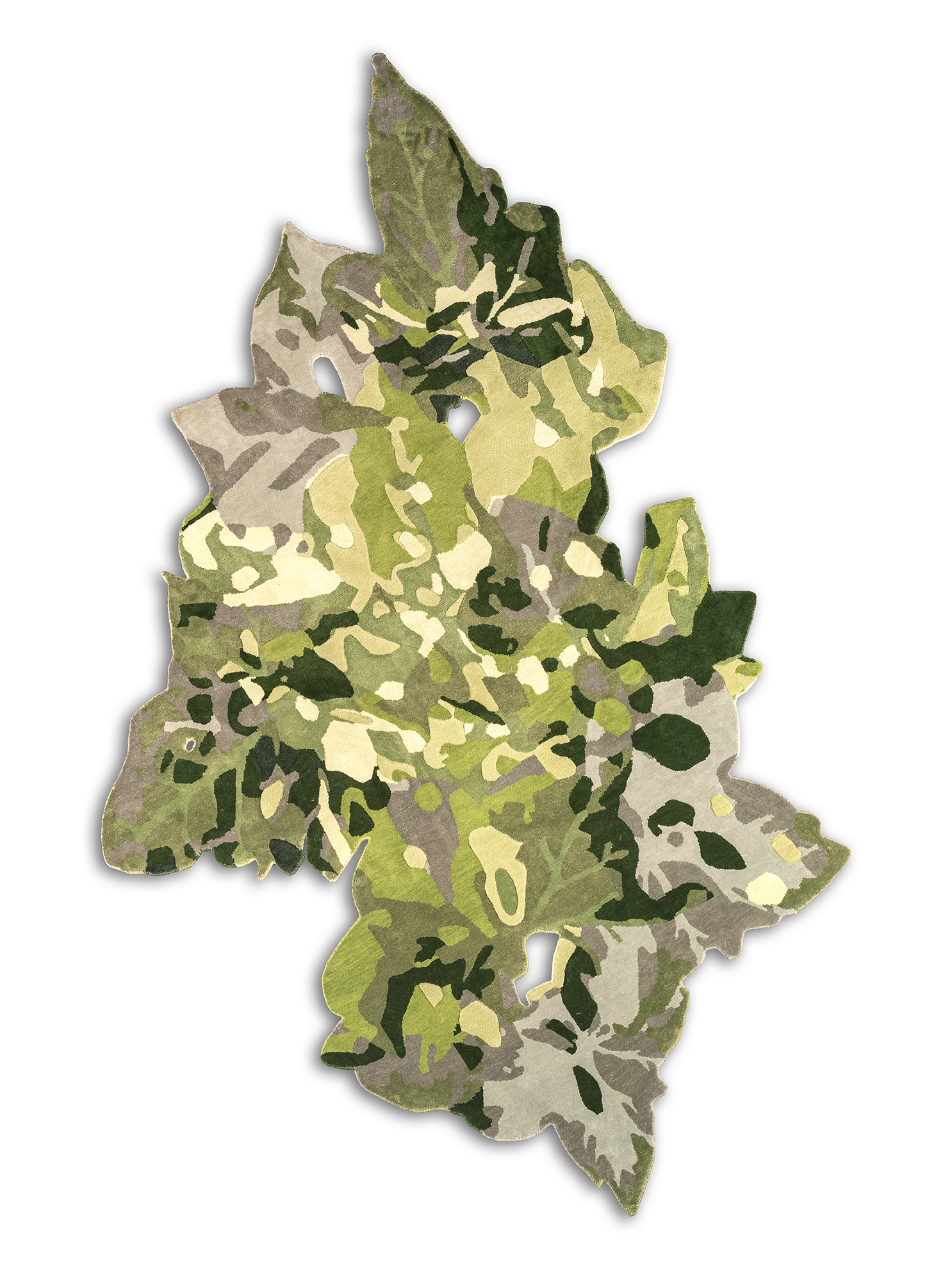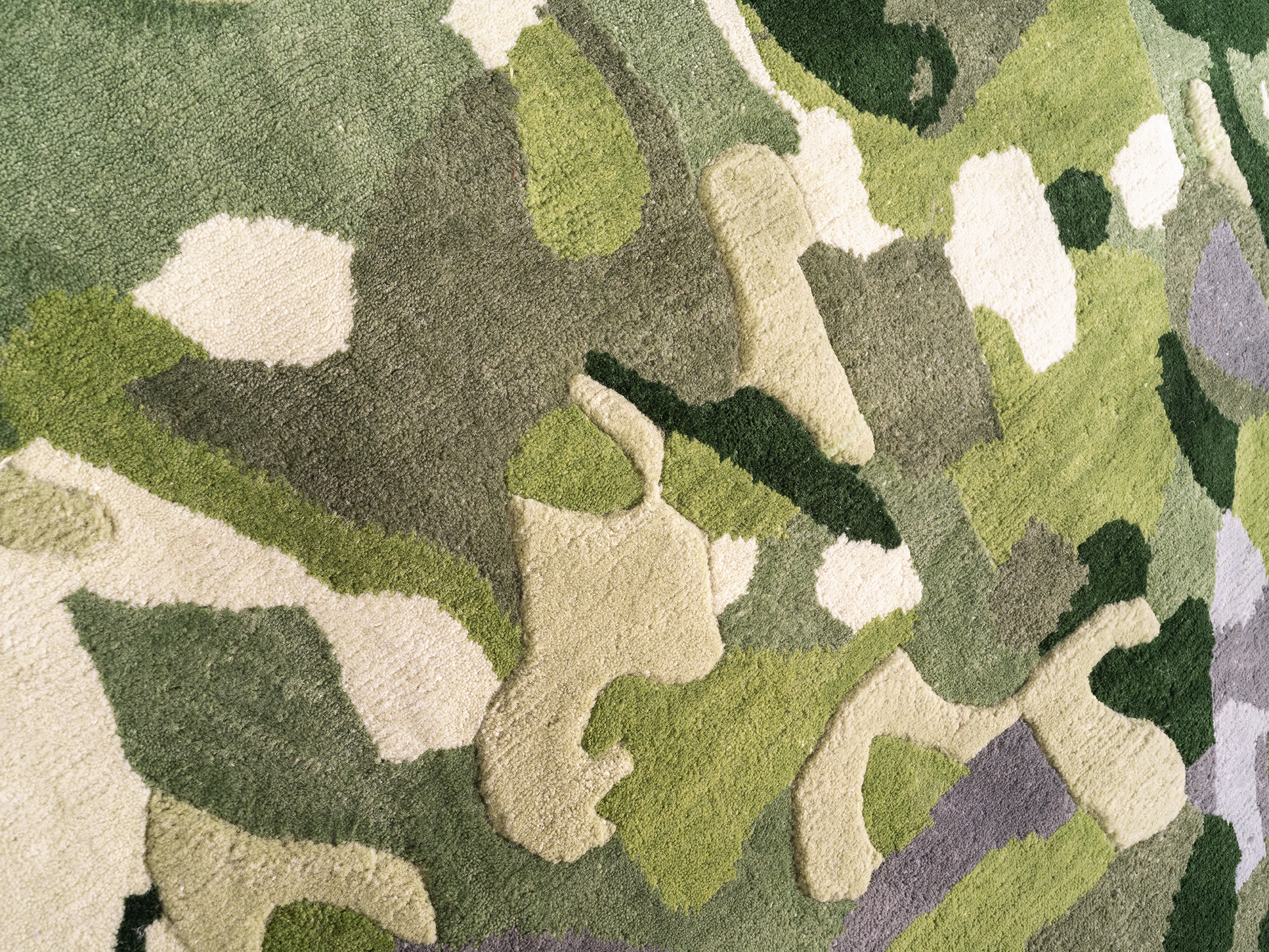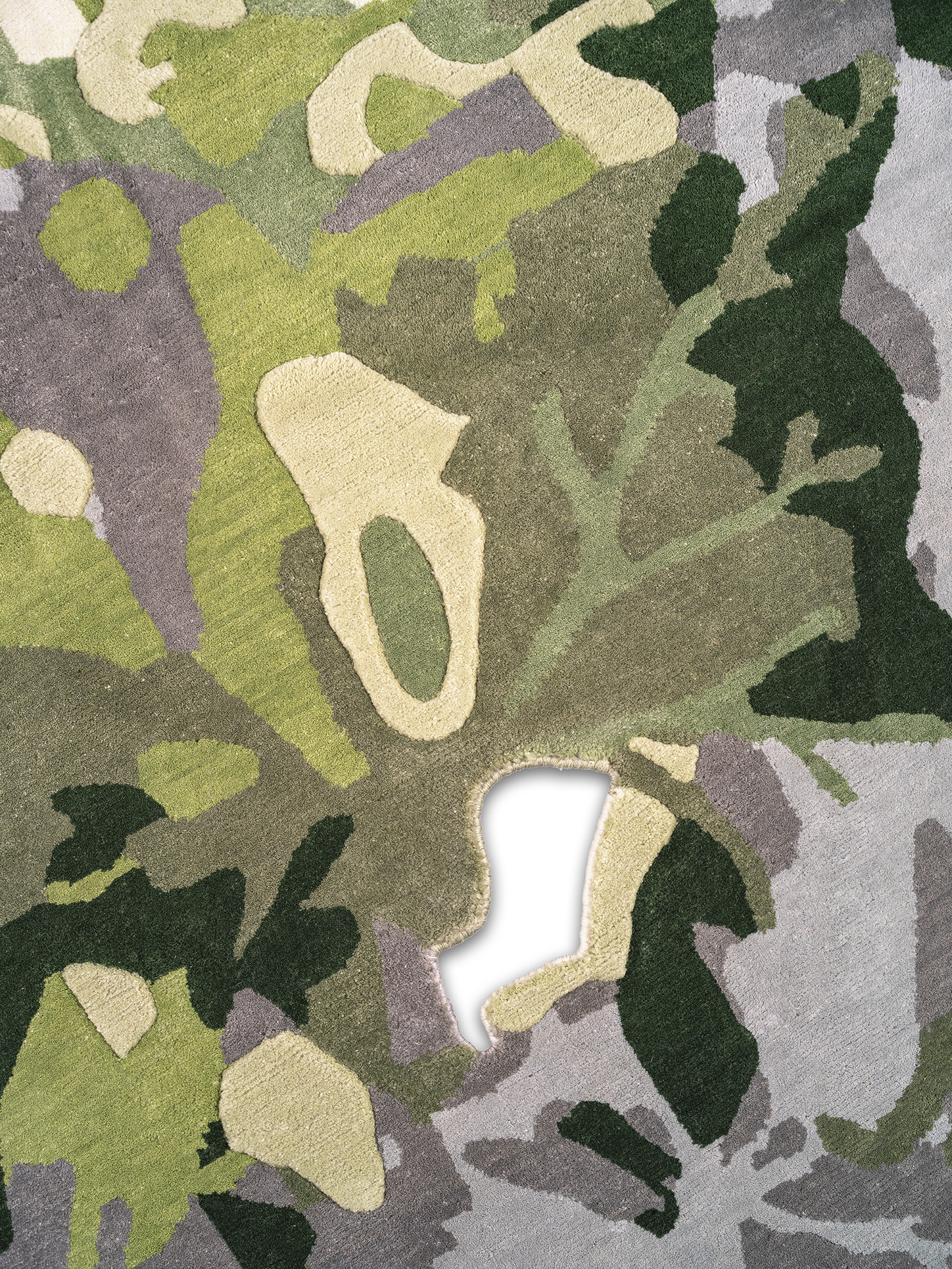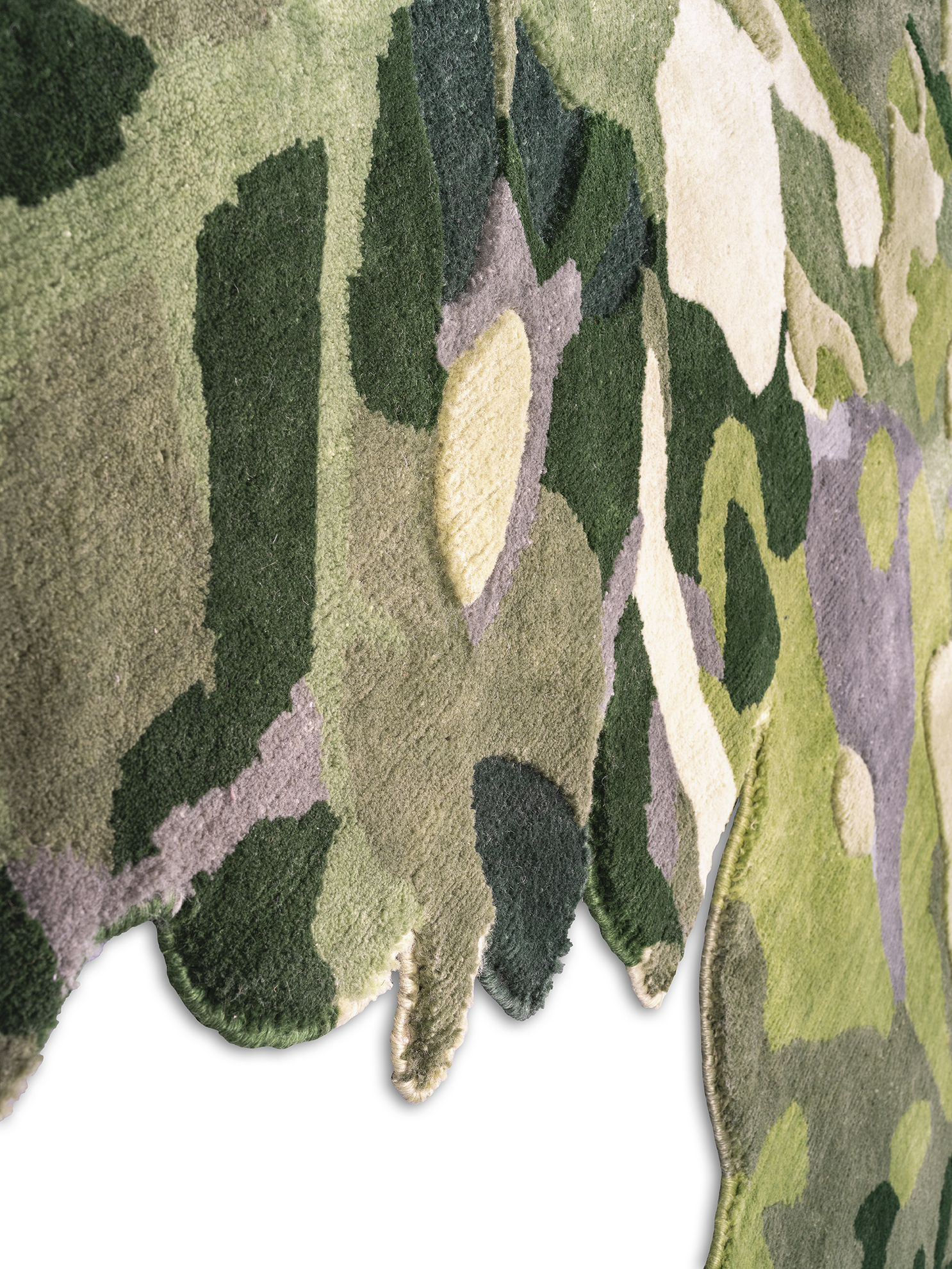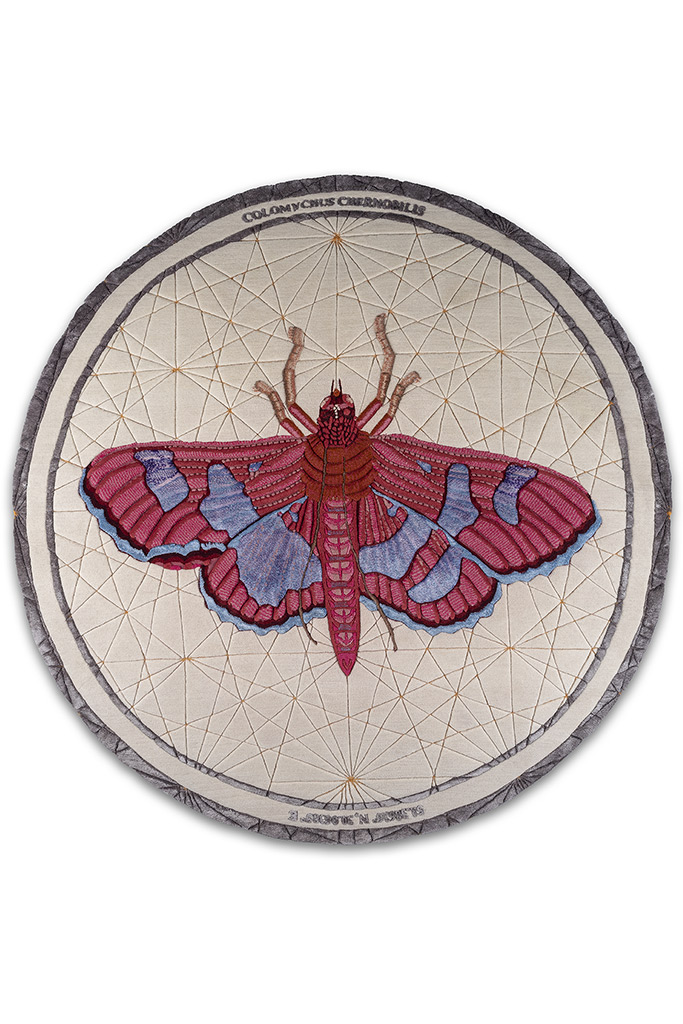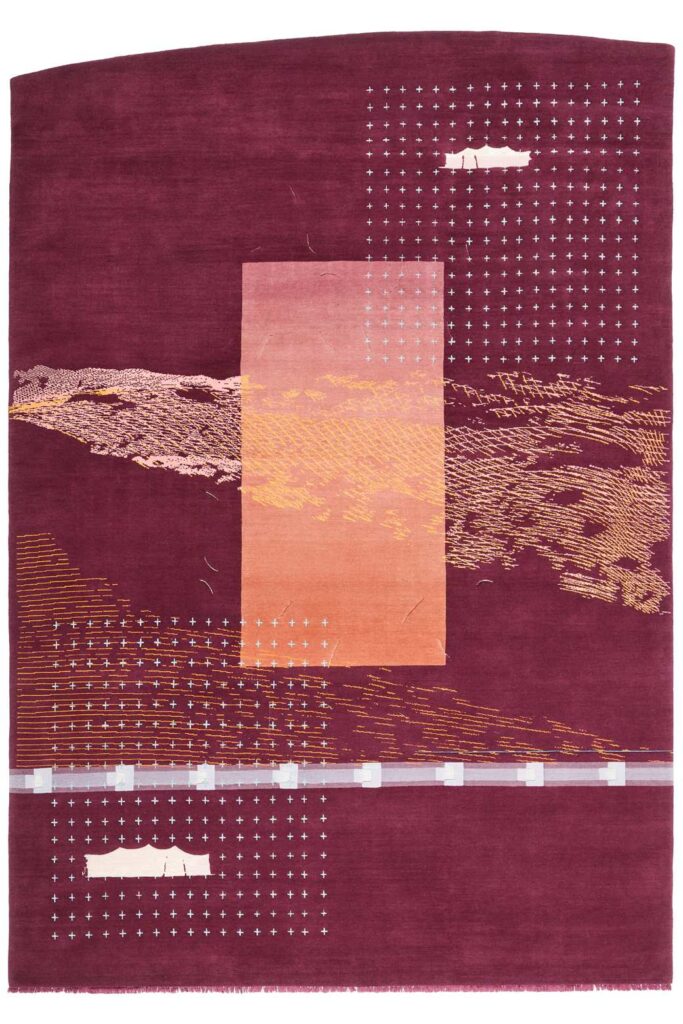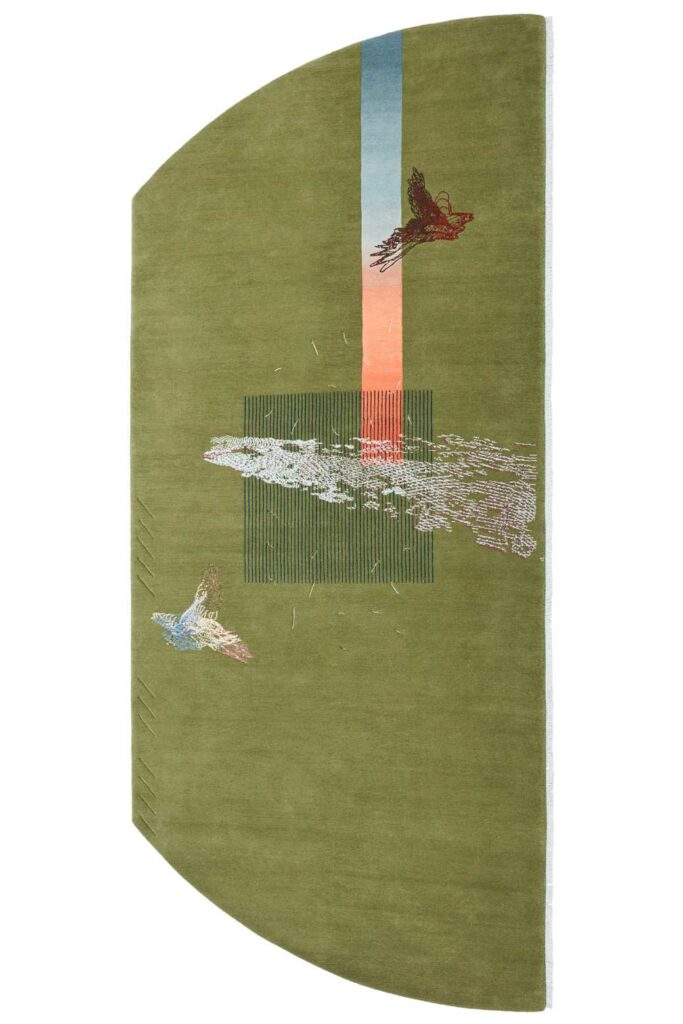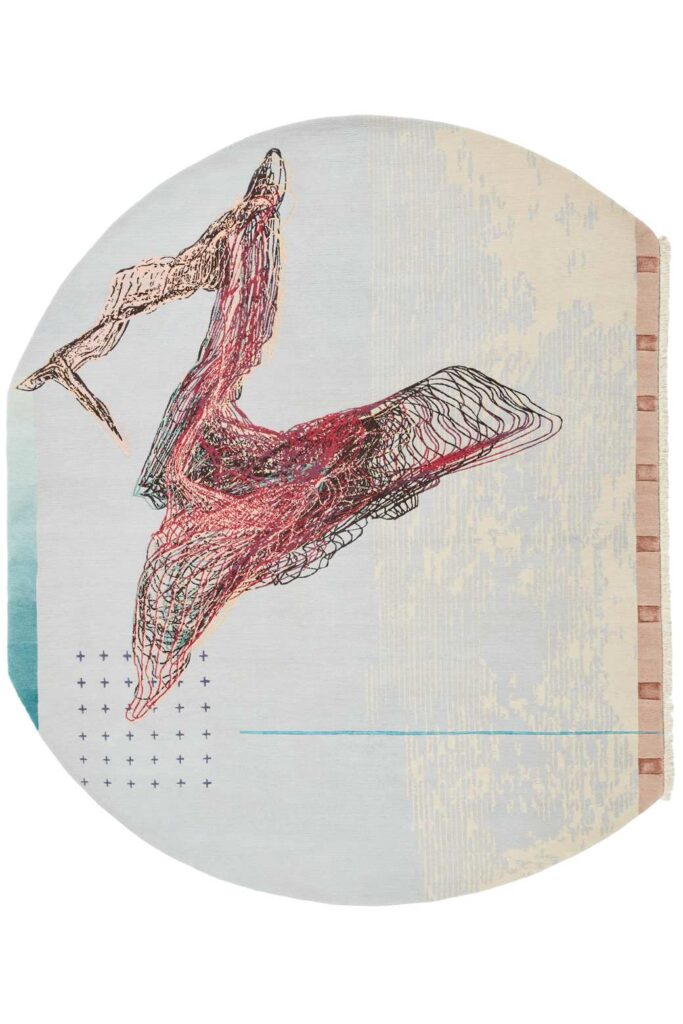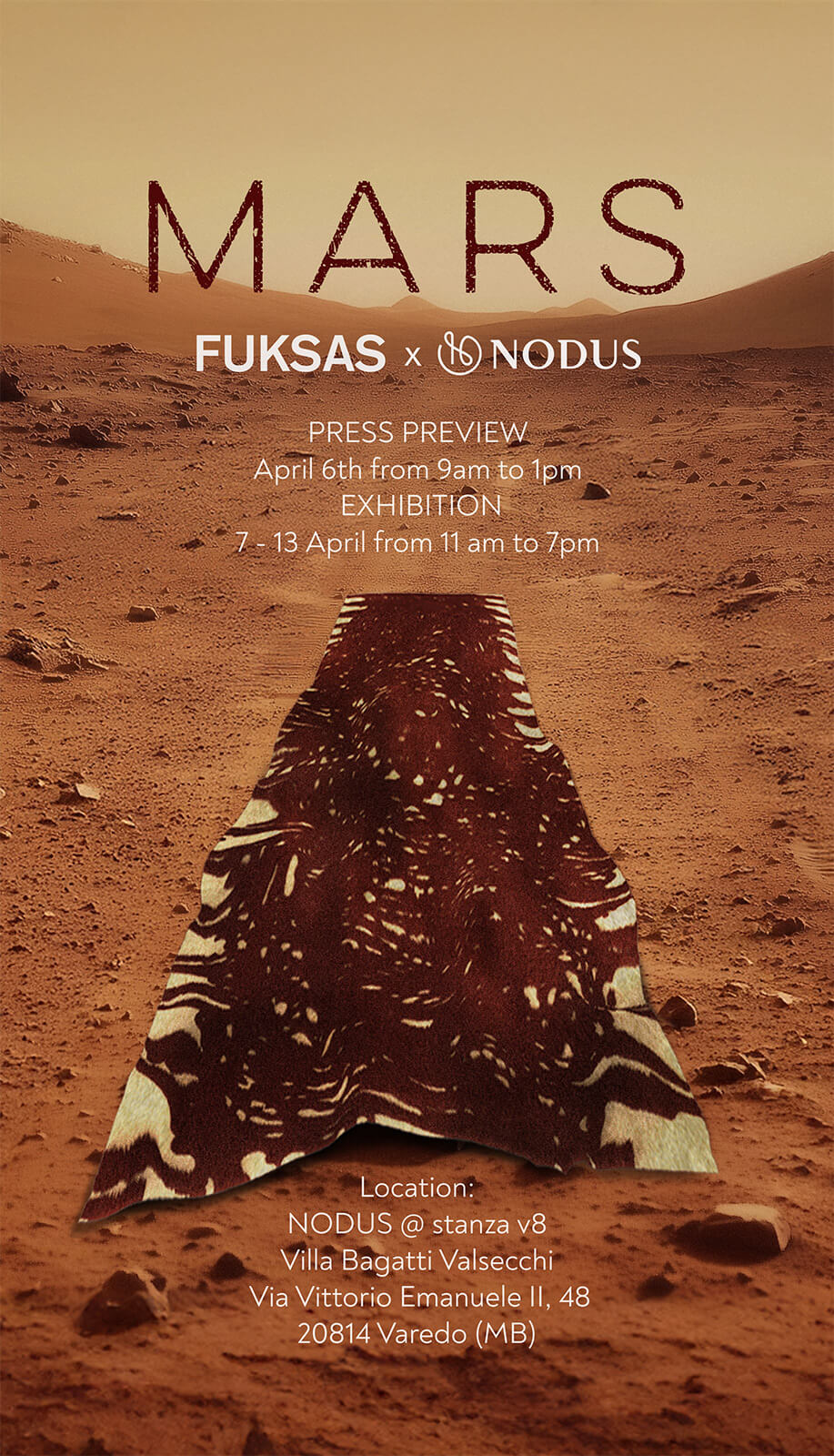Mélancolie 1
DESCRIPTION
My attraction to ivy stems from the art and literature of the 18th century, during the golden age of melancholic Romanticism, particularly in England.
Ivy-covered ruins were a prominent theme in Romantic landscape paintings, such as Philip James de Loutherbourg’s “Visitor to a Moonlit Churchyard” (1790), Joseph Mallord William Turner’s “Tintern Abbey, West Front” (1794), and Francis Towne’s “Netley Abbey” (1809). For Romantic artists, ivy, a plant of remarkable longevity, symbolized the ephemeral nature of human passions and the power of nature.
In ancient Egypt, it symbolized eternal life, while for the Druids, it represented everlasting love and fidelity. Similarly, in ancient Greece, it adorned bridal crowns. In a more practical sense, the Romans regarded ivy as an antidote against poison (including excessive drinking), and the Vikings used it to clarify beer. In the Middle Ages, ivy became associated with chivalrous friendship and unbreakable bonds for life, believed to possess the power to ward off spells.
Ivy is a mythical plant, imbued with rich symbolism and characterized by its simple yet endlessly repeatable design, vibrant with various shades of green. When depicted on a carpet, it creates a perfect space to rest and contemplate that eternal human question: love!
INFORMATIONS
| Size | 200X300 |
| Production area | India |
| Materials | Pet yarn |
| Technique | Handknotted |
| Knot | Nepalese knot |
| Quality | 80 knots |
| Pile height | 10mm |
| Lead time | 12/14 weeks |
DOWNLOAD
| Download technical sheet |
| Login warehouse |
| Care & cleaning |
